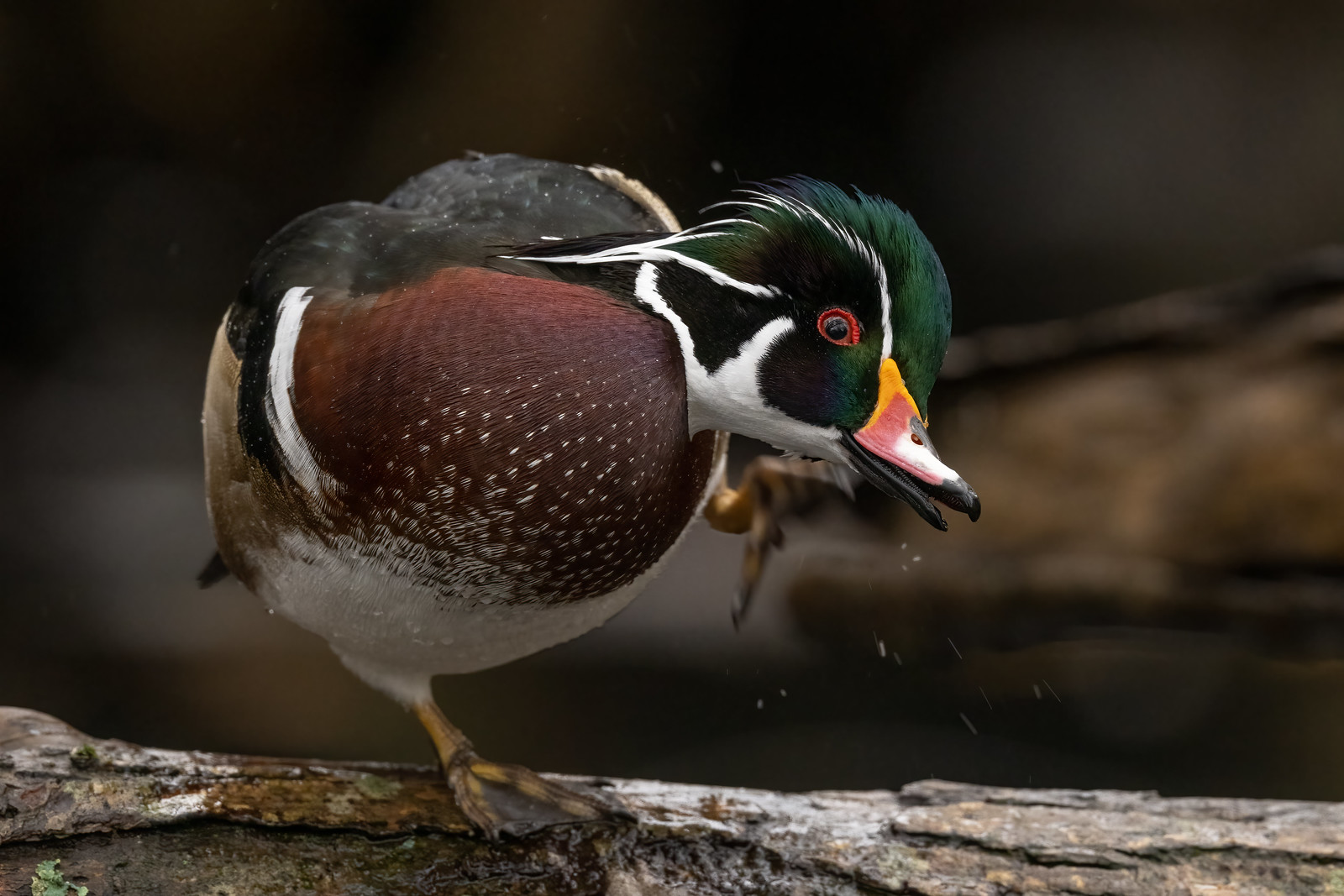arbitrage
Well-known member
The kingfisher sequence is brilliant considering the dull light & the size of the bird. I had difficulty in getting the pied kingfisher in focus in dull light when in flight. Its dull white & black feathers were nearly identical to the cloudy grey sky. I tried to acquire the focus in mid-flight. I couldn't see the perch it was sitting on...
What AF mode did you use? AF sensitivity?
I think I was in Wide-Area L and then switched into Auto as it flew. Or I was just in Auto the entire time. I was in Erratic and "5" for Tracking. AF-C release priority. 20FPS. VR Sport on the 500PF.
I was lucky as I could stand next to the bridge and then I could see a pedestrian starting to cross which will bring him within foot of the KF. The KF ignores cars on this small bridge but will fly if a person walks it. So I was able to really prepare for the flight as it was guaranteed to happen within a small window as the guy walked towards the KF and myself. Whether I was in W-A L or Auto, I know I had the BEAF active on the KF as it was perched and then the camera tracked from there as it dove and flew.


 January 16, 2022-2.jpg
January 16, 2022-2.jpg January 16, 2022-3.jpg
January 16, 2022-3.jpg January 16, 2022.jpg
January 16, 2022.jpg January 16, 2022.jpg
January 16, 2022.jpg January 16, 2022-2.jpg
January 16, 2022-2.jpg January 16, 2022-3.jpg
January 16, 2022-3.jpg January 15, 2022-2.jpg
January 15, 2022-2.jpg




